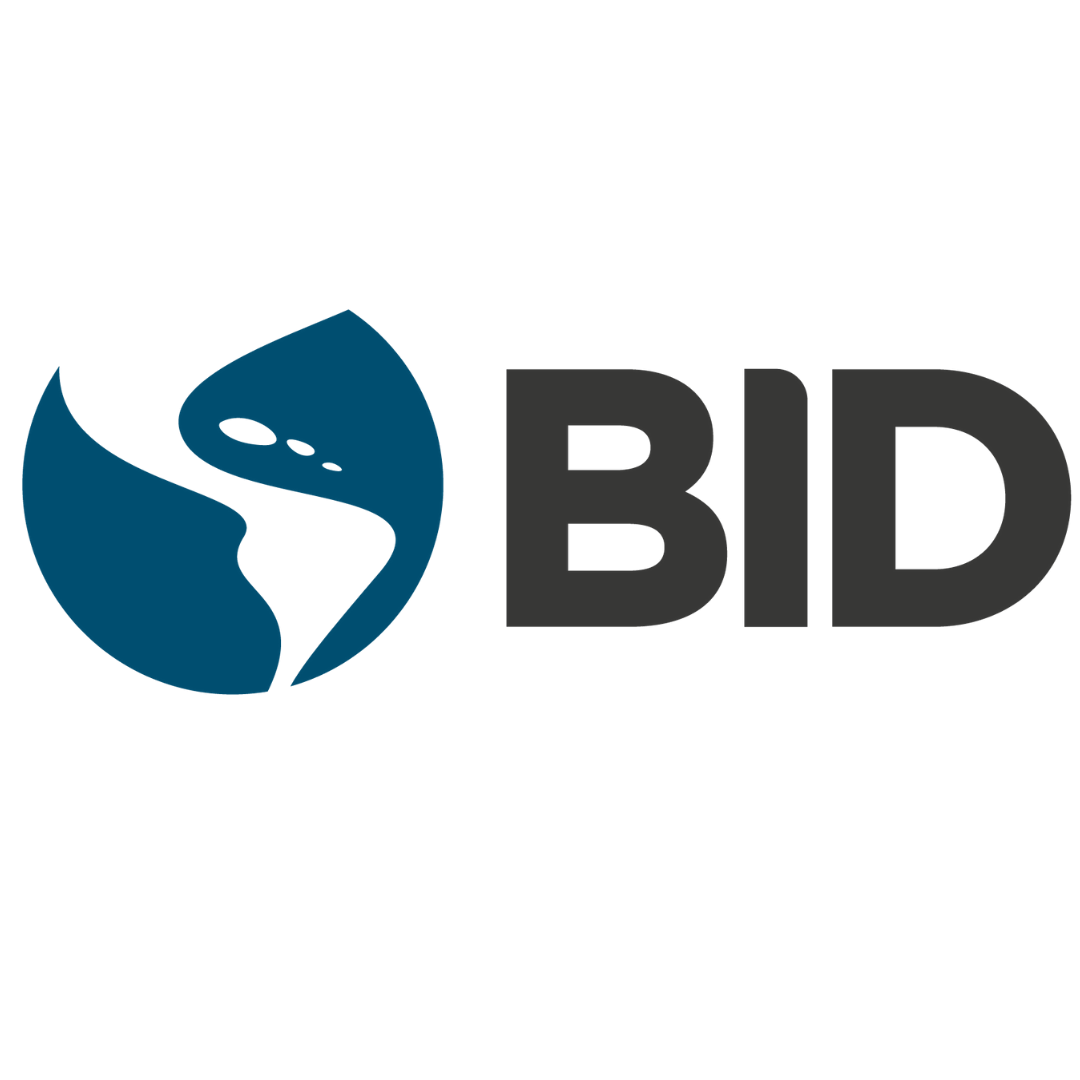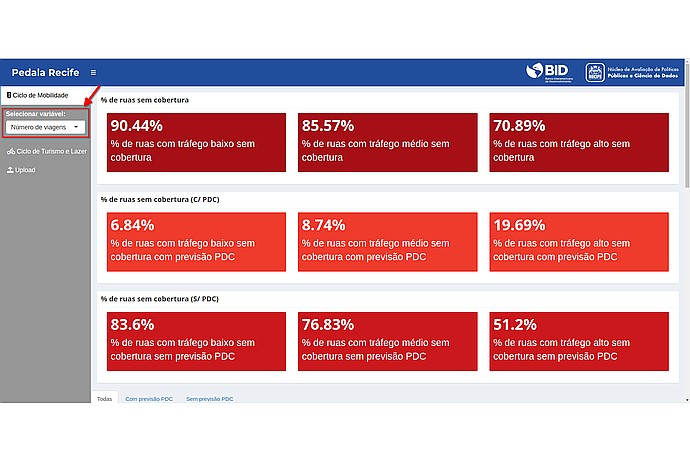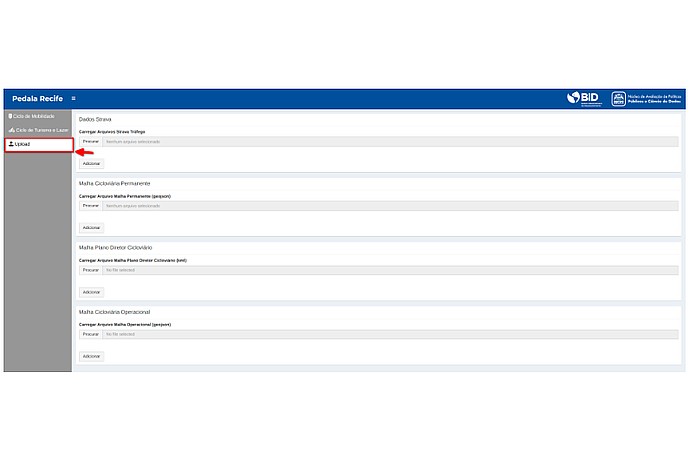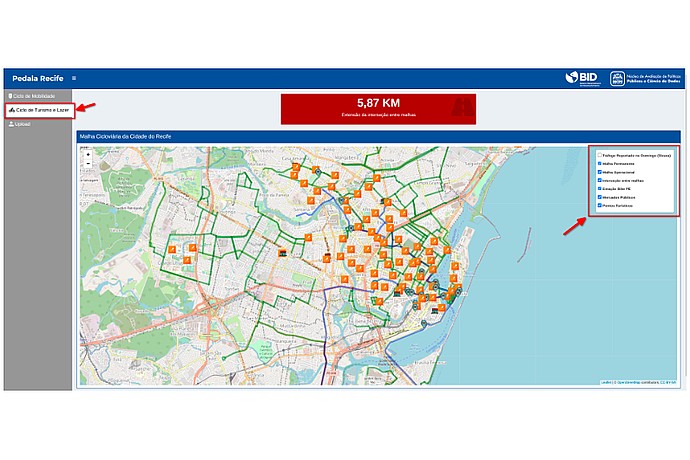
Language
CSS
Tool Type
Web app
License
AM331-A3
Version
1.0
Inter-American Development Bank

Ciclo de Moibilidade is a tool designed to face traffic challenges in Recife, considered the city with the worst traffic jams in Brazil. It uses data from Strava Metro, OpenStreetMap and the local cycling network to complement the Cycling Master Plan, promoting the expansion of the cycling network. This web application focuses on improving urban mobility in Recife, supporting the expansion of its bicycle network. By integrating diverse data sets, Ciclo de Moibilidade facilitates the analysis and visualization of information, contributing to the debate and planning of more effective mobility policies.
Improving mobility solutions in a city like Recife can be complex. The Mobility Cycle in Recife addresses this issue by providing a platform that fosters collaboration, data-driven decision making, and community engagement to address mobility challenges.
Mobility Solutions: Mobility Cycle in Recife often offers solutions and resources to address mobility challenges, such as transportation and accessibility. Community Engagement: It encourages community participation and engagement in mobility projects, specifically within the context of Recife.
Application built in R using libraries like Shiny, Shinydashboard, and HTMLTools. Enables creation of interactive interfaces for urban mobility data analysis.

Connect with the Development Code team and discover how our carefully curated open source tools can support your institution in Latin America and the Caribbean. Contact us to explore solutions, resolve implementation issues, share reuse successes or present a new tool. Write to [email protected]

"Pedala Recife" screen shows street coverage percentages based on traffic: low 90.44%, medium 85.57%, high 70.89%. With PDC, low 6.84%, medium 8.74%, high 19.69%. Without PDC, low 83.6%, medium 76.83%, high 51.2%.

"Pedala Recife" website with side menu and highlighted "Upload" button. Displays sections titled "Strava Data" and "Cycling Network" with fields to upload files and add options.

This image appears to be a screenshot of a map-based application or website, displaying a route or network, possibly for cycling, in the city of Recife, Brazil.
Code4Dev: Learn about the Mobility Cycle
Details of the IDB project that supports the development of the Mobilidiade Cycle.
Guide to using the platform created for mobility and tourism in Recife.
